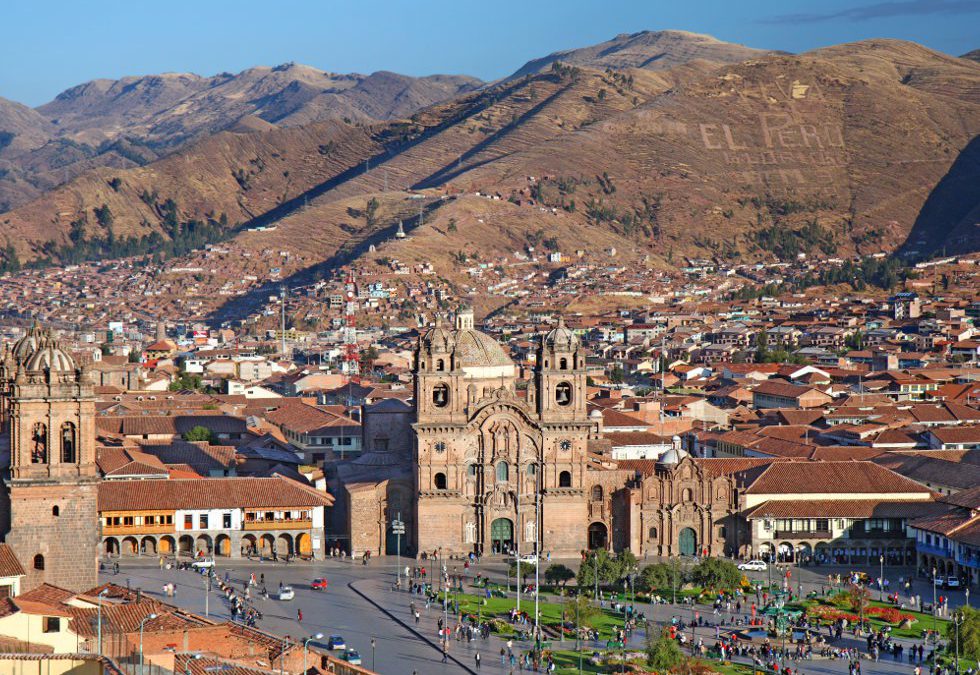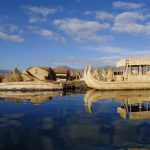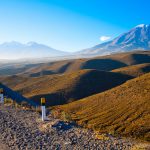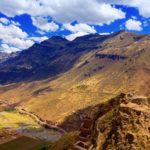‘Inca’, ‘The Inca’s’ those are the first thoughts many travelers have when you ask them about Peru’s history. The Inca culture is indeed one of South America’s most studied pre-Columbian cultures and one you will certainly hear about it during each and every day of your Peru vacation. Though the Incas are just one of the many pre-Columbian civilizations and they only dominated the western part of South America for a relatively short period their legacy lives.

Nowadays we can still find many ancient Inca sites, they left many monuments and influences on popular culture behind in many parts of Peru, and this makes Peru one of South America’s wealthiest archeological countries. If you are planning to visit Cusco, the Sacred Valley and Machu Picchu on your trip to Peru, knowing a little bit about the backgrounds of this extraordinary empire, will surely make your stay a lot more interesting
From their capital of Cusco, the Incas managed to conquer a large part of the territory west of the Andes between 1400 and 1525, which they divided in 4 regions, the suyus. Within 10 years though the last Inca emperor, Atahualpa was executed in 1533 by the troops of the Spanish conquistador Pizarro after first collecting a huge ransom for his release and his people were enslave to work the Spanish silver mines.
Manco Capac or “the royal founder” became the first leader of the Incas in the 12th century and according to their myths a direct son of the Sun God sent to earth to build a temple for him in what then became the newly built city of Cusco. Other legends on his history and origins exist as well but what is known more reliably is that he ruled Cusco for around forty years, putting down the first official laws and probably also being responsible for abolishing the human sacrifices that were common in earlier cultures in the region.

Only around 1438 with the leadership of Pachacuti their big explorations and conquests of other regions began in earnest, in the end consisting of almost the entire Andes mountain range and its surroundings. Pachacuti then made himself emperor and is also thought to be responsible for the construction of Machu Picchu, as an extra family home or maybe even as a summer retreat. In the end the population of the entire empire came to around 17,000,000 people, an astonishing number for the era. In the end it took Pizarro only 168 well armed men to defeat the 7,000 strong Inca army at the Battle of Cajamarca in 1532, the beginning of the end for the Incas but hopefully the start for a perfect Peru vacation.
Thanks for visiting our South America Travel Blog! Feel free to contact one of our Travel Specialists via email, phone or chat to plan your perfect Peru travel itinerary.





